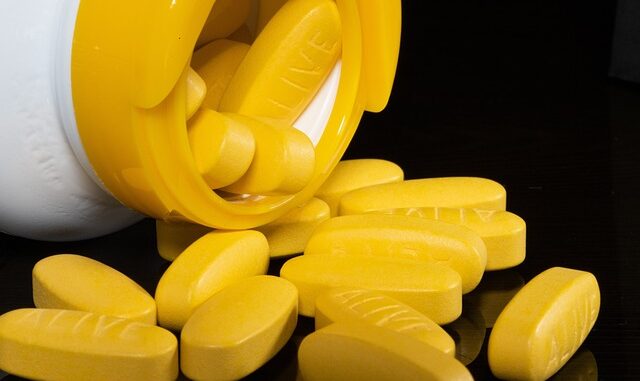
Summary
Reduced stimulant use, even without total abstinence, leads to significant health improvements for those with stimulant use disorders. This challenges the traditional abstinence-only model and suggests a more nuanced approach to recovery. This shift supports individualized treatment and expands potential medication options, ultimately improving lives.
** Main Story**
For a long time, the gold standard in addiction recovery? Complete abstinence. But, hey, groundbreaking research is flipping that script! Turns out, even reducing stimulant use, without going completely cold turkey, can seriously boost health and recovery for folks battling stimulant use disorders. This is a game-changer and it might just mean more effective, personalized approaches to treatment are on the horizon.
The Power of ‘Less’: Health Benefits Abound
Okay, so a massive analysis of 13 different clinical trials looked at treatments for methamphetamine and cocaine use disorders. Published in Addiction, and led by some rockstar scientists at Johns Hopkins Bloomberg School of Public Health and NIDA, the study found something amazing. When people cut back from using stimulants five or more days a month to just one to four days? Big improvements! We’re talking fewer cravings, less depression, and a whole lot fewer drug-related problems. So it’s clear: Less stimulant use can still be a success, even if complete abstinence feels like a distant dream.
Think about a friend who’s trying to quit smoking. Even if they slip up occasionally, cutting back from a pack a day to just a few cigarettes is still a major win, right? It’s the same principle here.
Challenging the ‘All or Nothing’ Mentality
This research really chimes with a growing movement to change the way we think about recovery. As NIDA Director Nora Volkow, M.D., so rightly points out, “Embracing measures of success in addiction treatment beyond abstinence supports more individualized approaches to recovery, and may lead to the approval of a wider range of medications that can improve the lives of people with substance use disorders.” In other words, there isn’t one single ‘right’ path to recovery, you know? It’s all about what works for you.
More Options, More Hope
Why is this ‘reduced use’ idea so important? Well, for starters, unlike opioid or alcohol use disorders, there aren’t any FDA-approved medications specifically for stimulant use disorders. But, if we recognize the value in cutting back on stimulant use, that could open the floodgates for developing and approving a wider range of treatments. Think about it: more targeted interventions that address individual challenges and pave the way for lasting recovery. What could be better than that?
I remember years ago, working at a clinic, and seeing a patient feel completely defeated because he couldn’t achieve total abstinence right away. He felt like a failure, even though he’d significantly reduced his drug use. This new perspective could have made a world of difference for him, giving him the encouragement and validation he needed to keep going.
A Brighter Future for Addiction Treatment
So, ditching that strict, ‘abstinence or bust’ mentality? It’s a more hopeful, inclusive approach to addiction treatment. By acknowledging progress along the way, people struggling with stimulant use disorders are more likely to stay motivated and engaged in their recovery journey. It fosters a sense of empowerment, encouraging individuals to take control of their own recovery. For those seeking a healthier, more fulfilling life, recognizing reduced stimulant use as a win is a giant leap in the right direction. And that’s something worth celebrating, because recovery isn’t a race, it’s a journey, and every step forward matters.


Be the first to comment